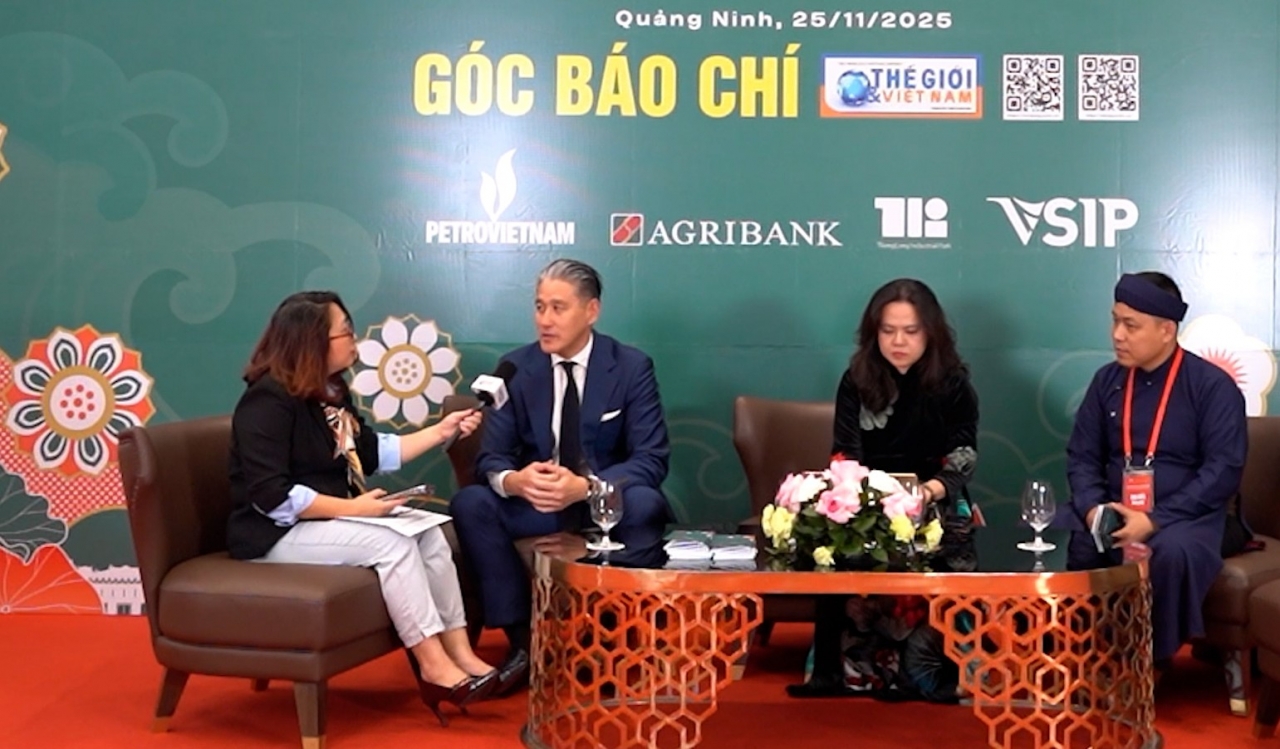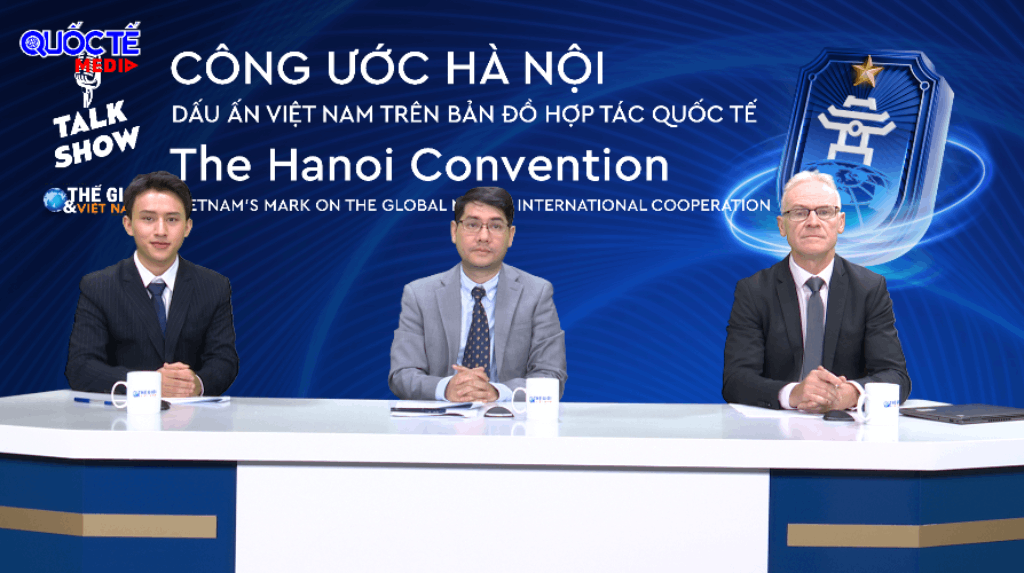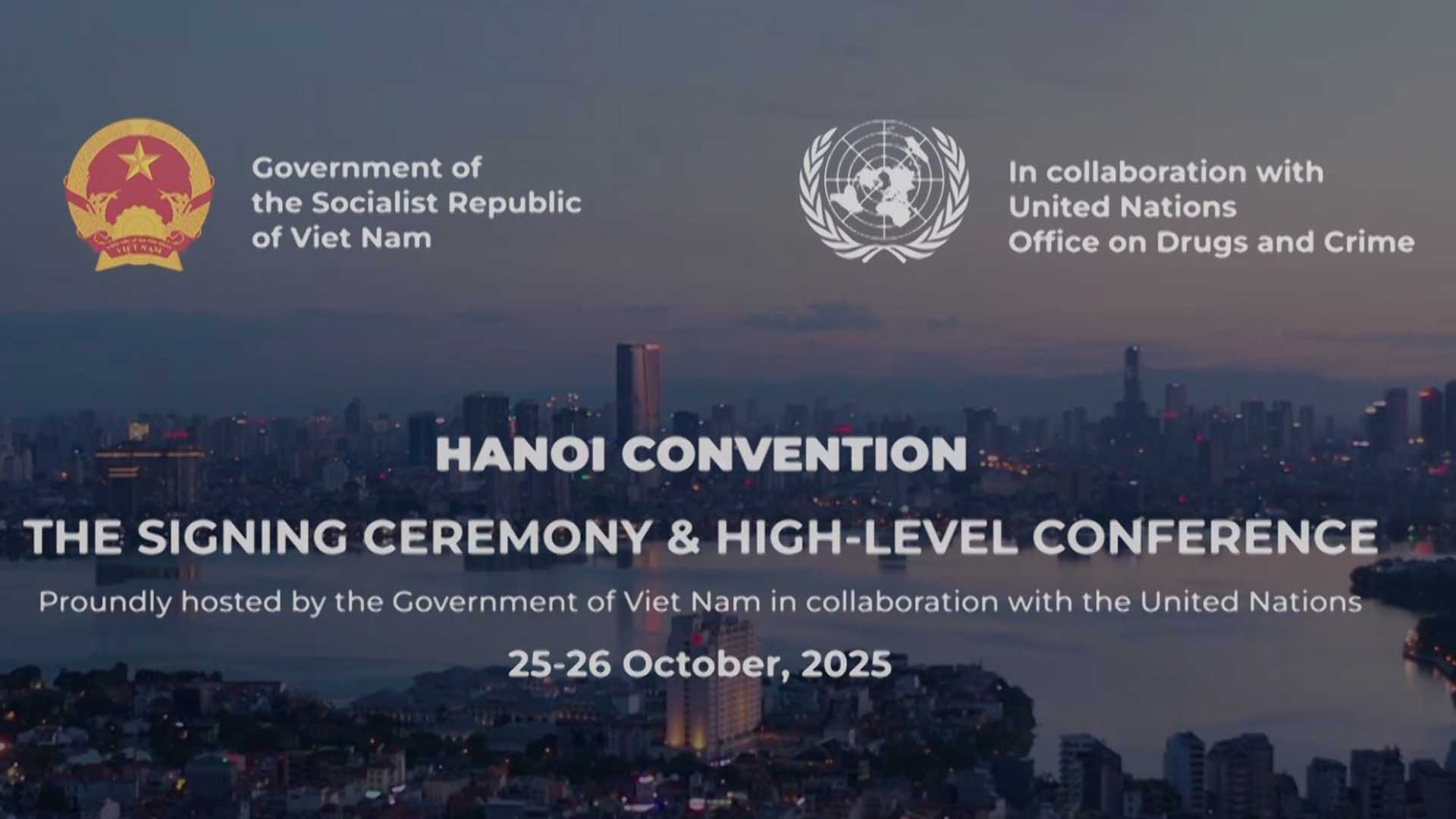
Ambassador Nguyen Viet Cuong: Vietnam and Chile are sowing the seeds of a greener future, like two friends sharing a dream
Latest
 |
| President Luong Cuong and President Gabriel Boric witnessed the signing ceremony of the Memorandum of Understanding between the Ministry of Agriculture and Rural Development of Vietnam and the Ministry of Agriculture of Chile on agricultural cooperation. (Photo: Tuan Anh)" |
The theme of the P4G Vietnam Summit 2025 is “Sustainable and People-Centered Green Transition” How does the Ambassador feel about this topic and its relevance to the current trend of international cooperation in green growth?
As the host country of P4G Summit 2025, Vietnam’s proposed theme reflects the country’s strong commitment to a green transition that is not only sustainable but also inclusive, placing people at the center of all policies and actions.
More specifically, the Summit’s theme emphasizes that the green transition must align with human interests—ensuring food security, creating green jobs, supporting vulnerable groups, and promoting public-private partnerships to achieve climate goals.
This is also a trend which aligns with current international cooperation in green growth, as countries increasingly emphasize fairness and inclusivity in the green transition, rather than focusing solely on technology or finance.
By putting people at the center, we are not only building a greener future, but also a warmer one—where all citizens benefit, from sustainable rice fields to solar energy parks. Vietnam hopes to join hands with international partners to 'ignite' initiatives for a healthier planet.
 |
| Ambassador Nguyen Viet Cuong meets with the Governor of Los Ríos Region, January 2025.. (Photo: Vietnam Embassy in Chile) |
During President Luong Cuong’s visit to Chile in November 2024, the two countries signed several cooperation agreements, including in agriculture, covering environmental protection, climate change adaptation, and green growth. Could the Ambassador highlight the key points in the cooperation between Vietnam and Chile in this field?
President Luong Cuong’s visit to Chile fostered high-level consensus on strengthening economic connectivity between the two nations. Agricultural cooperation between Vietnam and Chile aims to enhance information and experience-sharing on sustainable farming models and complementary fields such as environmental protection, climate change adaptation, green growth, and innovation…
Like two friends sharing a dream, Vietnam and Chile are "sowing seeds" for smart agriculture through knowledge exchange, technology transfer for emission reduction in farming, and efficient water resource management.
The two countries also collaborate on climate change adaptation. Chile is a Latin American leader in carbon reduction initiatives, renewable energy development, and carbon neutrality commitments. Meanwhile, Vietnam has set a net-zero emissions target by 2050. The two countries have significant potential for extensive cooperation in clean energy development, green technology transition, and building sustainable urban models.
Another highlight of Vietnam-Chile cooperation lies in promoting green growth and circular economy development. Chile has achieved significant milestones in circular economy practices, particularly in waste recycling and clean energy use in industry. This brings many opportunities for the two countries to cooperate, share experiences and implement joint projects.
At the 2023 Circular Economy Forum in Hanoi (November 2023), Chile shared its expertise in converting organic waste into fertilizer and bioenergy—an area of interest for Vietnam.
Chile is promoting investment in green hydrogen production towards the goal of achieving carbon neutrality by 2040. How can Vietnam and Chile learn and support each other on the green journey?
Chile is a model for systematic green hydrogen development through key initiatives such as its National Green Hydrogen Strategy, renewable energy expansion, and green city projects.
The country has taken concrete actions, including a coal phase-out roadmap, the establishment of a Climate Justice Fund to finance green transition projects, and a Green Foreign Policy—appointing a Special Ambassador for Climate Change and strengthening negotiations with the EU and Asia on green hydrogen exports.
 |
| Ambassador Nguyen Viet Cuong meets with the Governor of Antofagasta Region, in March 2025. (Photo: Vietnam Embassy in Chile) |
Green hydrogen is not just fuel; it represents hope for a sustainable, zero-carbon future. Vietnam and Chile can support each other in multiple ways. In developing green hydrogen roadmaps, both sides can exchange insights on strategy formulation, investment attraction, and large-scale hydrogen production hubs.
For instance, Chile’s experience in building a green hydrogen plant in Magallanes—the windiest region in South America—or its hydropower project in the Atacama Desert offers valuable lessons. Vietnam, in turn, can share its floating solar-hydro hybrid model at Tri An Lake—an innovative solution implemented by Vietnam Electricity Group since 2020.
Vietnam’s strengths in competitive renewable energy production costs, proximity to major consumer markets, and growing investor interest in opportunities for joint research, technology transfer, and green hydrogen investments.
Additionally, as members of international climate and clean energy initiatives, Vietnam and Chile can become key partners in energy transition toward a low-carbon economy. They can also collaborate in global forums to advocate for green hydrogen policies and explore climate finance opportunities to mobilize resources from international organizations and the private sector.
Could you please share your assessment of the role of businesses and the community in green growth cooperation? What plans has the Vietnamese Embassy in Chile been implementing or planning to implement to enhance the participation of businesses and the community in this process?
The Vietnamese Embassy in Chile recognizes that active engagement from businesses and local communities is the driving force behind bilateral green growth cooperation.
While business partnerships are crucial for turning policies into concrete actions and long-term economic value, local communities play a pivotal role in adopting renewable energy solutions, conserving natural resources, and promoting green consumption.
 |
| A green hydrogen plant in Magallanes, southern Chile. (Source: HIF Global) |
Recently, I visited several Chilean regions, such as Los Ríos—home to Valdivia, a city recognized by the Ramsar Convention as a "Wetland City"—and Antofagasta, a hub for renewable energy and Chile’s leading green hydrogen projects. These trips aimed to explore business connections, learn about advanced technologies, and promote cooperation in complementary fields.
The Embassy prioritizes strengthening Vietnam-Chile business ties through trade delegations, fairs, and green growth seminars… Additionally, it facilitates the signing of MoUs between localities, businesses, and educational institutions.
With the participation of businesses and local communities, Vietnam-Chile green growth cooperation will deepen, delivering tangible benefits while contributing to environmental protection and improved quality of life.
Thank you, Ambassador!
P4G currently has nine member countries: Denmark, Vietnam, Republic of Korea, Ethiopia, Kenya, Colombia, the Netherlands, Indonesia, and South Africa, along with five partner organizations (World Resources Institute - WRI, Global Green Growth Institute - GGGI, C40 Cities Network, World Economic Forum - WEF, and International Finance Corporation - IFC).
P4G has held three summits, hosted by Denmark, the Republic of Korea, and Colombia, with the aim of fostering public-private partnerships and building a coalition of leaders committed to the Paris Agreement and the 2030 Sustainable Development Goals
 |
| Ambassador Nguyễn Viet Cuong meets with the President of the Antofagasta Industrial Association, in March 2025. (Photo: Vietnam Embassy in Chile) |













